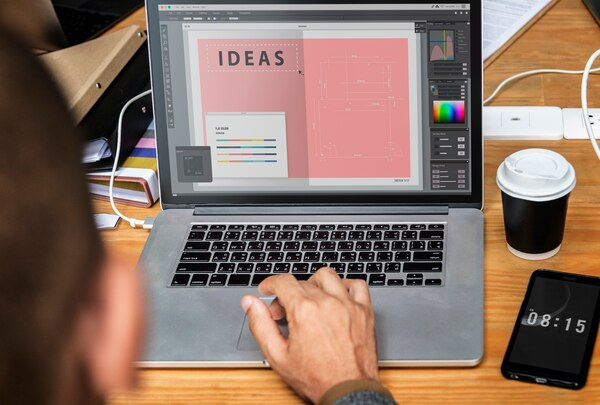Typography Trends to Watch in 2023

As we progress through 2023, the world of typography continues to evolve, reflecting broader design trends and technological advancements. Typography, the art and technique of arranging type to make written language legible, readable, and visually appealing, plays a pivotal role in modern design. Whether you’re a graphic designer, web developer, or a brand strategist, staying abreast of typographic trends is crucial for creating contemporary and engaging designs.
Variable Fonts
One of the most innovative trends gaining traction in 2023 is the rise of variable fonts. Variable fonts are single font files that behave like multiple fonts. They have multiple axes of variation, allowing designers to adjust weight, width, slant, and other characteristics dynamically. This versatility facilitates more adaptive and responsive design, making it easier to optimize typography across different screen sizes and resolutions.
Maximalism and Expressive Typography
While minimalism has been a dominant force in design for several years, 2023 marks a resurgence of maximalism and expressive typography. Bold, playful, and extravagant typefaces are making a comeback, providing a stark contrast to the previously dominant clean and understated aesthetics. This trend is characterized by vibrant colors, intricate letterforms, and unconventional arrangements, all aimed at capturing attention and evoking emotion.
Retro and Vintage Revival
Retro and vintage styles are making a significant return in typography. Designers are drawing inspiration from the mid-20th century and earlier, incorporating nostalgic elements that evoke a sense of familiarity and comfort. Typefaces emulating classic posters, old-school signage, and typewriter text are particularly popular. This revival creates a bridge between the past and the present, offering a unique blend of historical charm and modern flair.
Custom and Hand-drawn Fonts
Personalization continues to be a critical trend in 2023, with custom and hand-drawn fonts taking center stage. Brands and designers are increasingly commissioning unique typefaces that align with their specific identity and message. Hand-drawn fonts, with their imperfections and organic feel, bring a sense of individuality and authenticity that mass-produced typefaces often lack. This trend emphasizes the importance of distinctiveness and personality in design.
3D Typography
The emergence of 3D typography is another exciting trend to watch. Advances in rendering technology and graphic design software have made it easier to create stunning three-dimensional typefaces. 3D typography adds depth, dimension, and a tactile quality to designs, making them more engaging and visually captivating. Whether it’s through augmented reality, virtual reality, or simply enhancing web interfaces, 3D type is pushing the boundaries of traditional typography.
Kinetic Typography
Kinetic typography, or animated text, is gaining momentum in digital design. Movement can bring words to life, capturing viewer interest and enhancing storytelling. This trend is particularly prevalent in advertisements, social media content, and video, where dynamic and interactive type can convey messages more effectively and memorably. The key to successful kinetic typography is ensuring that the motion complements the message without overwhelming it.
Environmental and Ethical Design
Sustainability and ethical considerations are increasingly influencing typographic choices. Designers are prioritizing environmentally friendly practices, opting for digital-first typefaces that reduce the need for printed materials. Additionally, there is a growing emphasis on inclusive design, ensuring fonts are accessible to a broader audience, including those with visual impairments. This involves thoughtful consideration of contrast, legibility, and readability.
Technological Integration
With the rapid advancement of AI and machine learning, typography is becoming smarter. AI-powered tools are now capable of generating custom typefaces, optimizing legibility, and adapting typography in real-time based on user interaction. This integration of technology provides new opportunities for creating more adaptive, personalized, and efficient typographic designs.
In conclusion, 2023 is shaping up to be a transformative year for typography, marked by technological innovation, creative experimentation, and a renewed emphasis on sustainability and inclusivity. As designers continue to explore and push the boundaries of typographic design, the results promise to be ever more dynamic, engaging, and impactful.